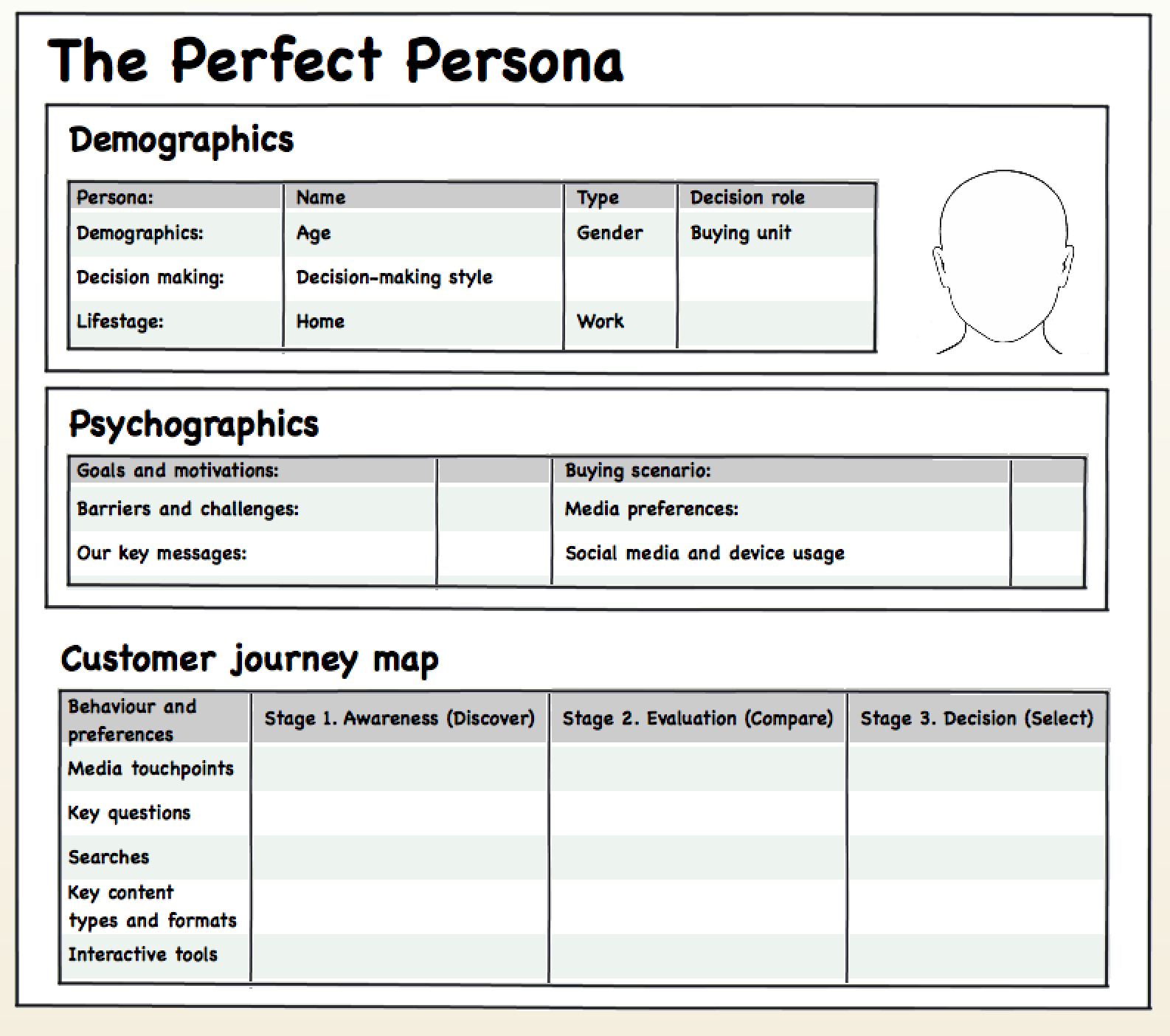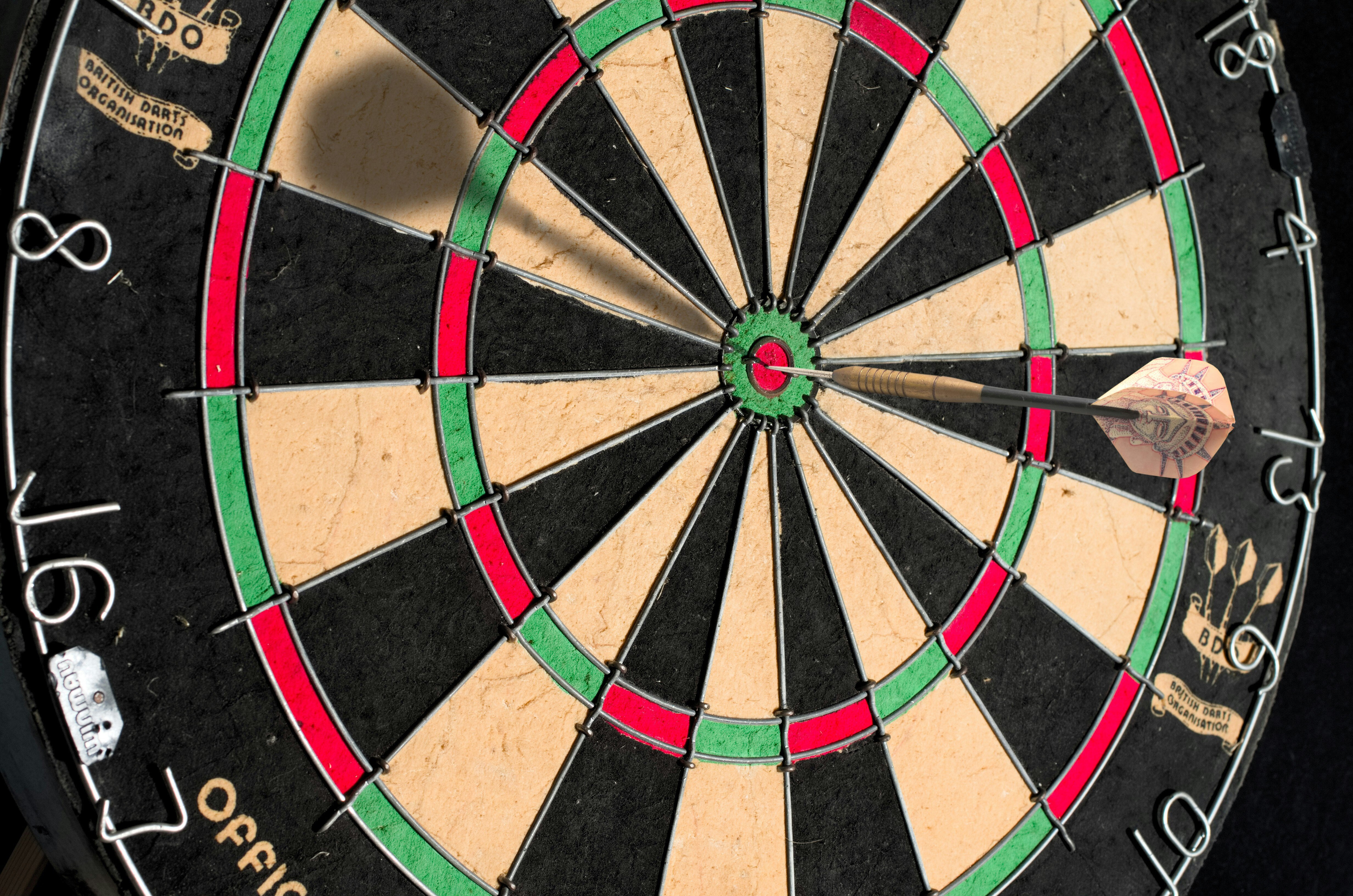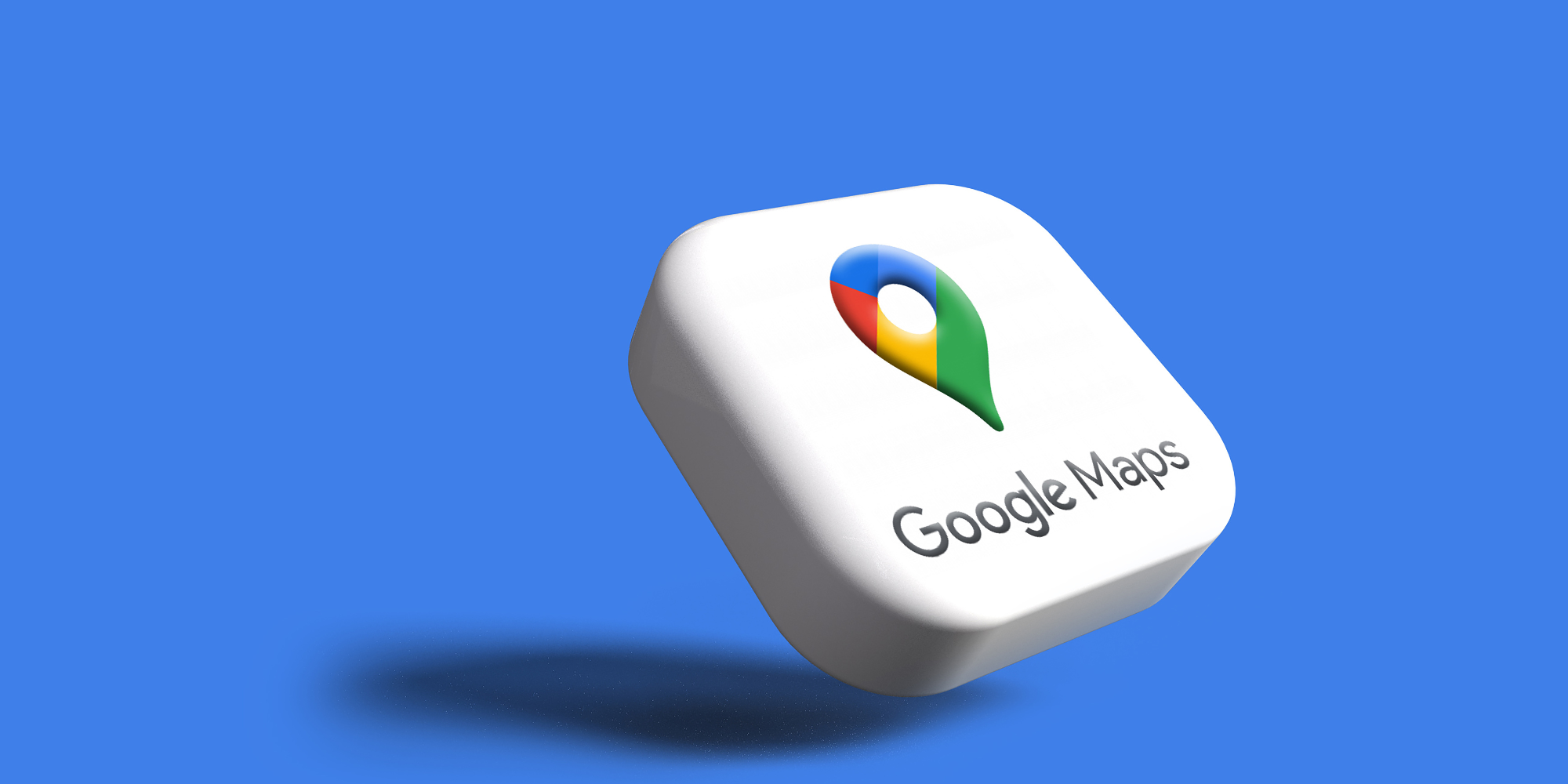August Round-up: Better Meta Targeting, Google Glitch & UX Best Practice
The latest version of our newsletter should have settled in your email inbox, detailing the need-to-know information and must-read thought leadership...
Read moreDr Dave Chaffey talks customer personas. How effective are yours? Find out more about what Dave recommends.
I've been a big fan of using customer personas to help make marketing more customer-centric for a long time. In fact, since around 2003, when I was introduced to them on a consulting / training project by Matt Dooley, a customer experience manager in the HSBC Global E-business team.
Since then, personas have become much more widely used by companies of all sizes and types. But also widely abused! From examples I've seen, it seems smaller companies or their agencies often don't have the time to research or define them in the detail needed for them to be useful, when applied to inform new website designs or content strategies.
I've also been asked, on projects to help "operationalize" personas, in other words to make them actionable in the real world, to improve web designs and communications. So, in this post, I share some of the practical ways to make personas more useful. In this companion article, I define personas with B2B and B2C examples.
To start considering what makes an effective persona, here's a great persona mnemonic created by User Focus that summarises the attributes of a good persona well.
Of these, I think the first, third and final features are the most important.
Based on my experience of reviewing personas in many different types of business, here are my recommendations of common components of personas you should consider, depending on the budget you have available to research and define them.
I've used these to create this recommended layout for a persona and examples available in the customer persona guide:

Let's run through them. We will use this HubSpot primary persona as an example:

Note that this will work fine as a summary persona. However, it isn't sufficiently detailed to inform website design and content creation.
It’s usual to give personas a name to refer to them as shorthand within a team. Obvious, but I've seen some without, which will harm adoption.
Example: "Mary"
It helps to give a label summarising the characteristics too.
Example: "Marketing Mary"
For example, age, gender, social group.
Example: "42, married, 2 kids of high school age"
These can be in the context of reasons for using a service, or more general life goals.
Tip: Use narratives to describe the context. Narratives and quotes can help bring personas to life, as the more detailed examples in our persona guide show.
A summary of the need for a product or service. Which factors will drive purchase?
Note: These key messages will be used to influence the purchase decision based on understanding motivations, pain points and countering objections.
Different personality types may affect the speed of decision-making, or the type of information used to take the decision.
Example: The next sections shows four decision behaviours that are useful to consider for decision making.
Related to buyer behaviour, the information used to take decisions. This can be summarised on a content-mental model map.
For example, use of device type or social network, usually in the context of purchase.
Example: "Uses a desktop computer at work, rarely uses a smartphone for work decisions, instead uses it mainly for email"
Often considered a separate technique, but for me an essential part of the persona to make them operational so they can be applied to improve content and site design. There are more examples shown in our persona guide.
Example: This customer journey example, also from HubSpot shows how by defining three simple stages you can consider the search keywords, content types and tools your audience may be looking for.
Perceptions of need for product, service or competitors which can be plotted on a perceptual map.
That's it, a lot of insight to include potentially! I hope you find this checklist useful and that it gives you some food for thought as to how you can improve your personas.
If you'd like to learn more from Dr Dave himself, or find out more about the services we offer, get in touch today.
More articles you might be interested in:

The latest version of our newsletter should have settled in your email inbox, detailing the need-to-know information and must-read thought leadership...
Read more
As the cost of living continues to present challenges for many Brits, an increasing number of families are choosing to holiday within the United...
Read more
Our first curated newsletter has hit inboxes, detailing all of the latest need-to-know information and sharing all the necessary thought leadership...
Read more
Over the past few years, marketing leaders have been gearing up for the inevitable 'Cookieless Future'. Safari was the first to bid farewell to...
Read more.png)
It only seems like yesterday that it was the winter of 2022 and we were balancing Black Friday and the Qatar World Cup. Fast forward to now and we're...
Read more
There are many factors to consider when choosing an automotive dealership, with 53% of customers saying that price determines which dealership they...
Read more
Which UK-based private healthcare providers are running away with their digital presence and who needs a helping hand to take the next step? How is...
Read more.jpg)
How prepared are you for planning & budgeting season? Dave Chaffey shares some of the questions you should ask yourself when planning marketing...
Read more